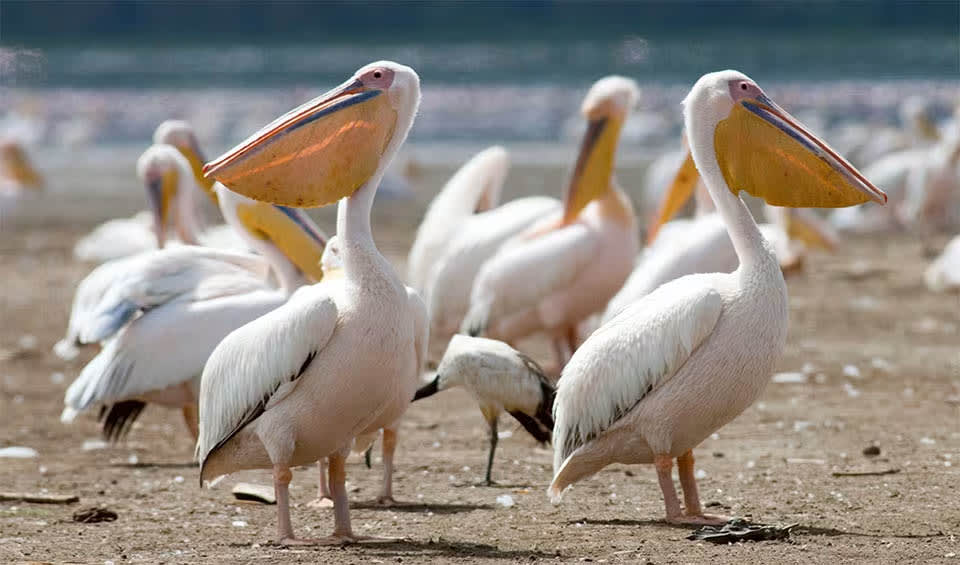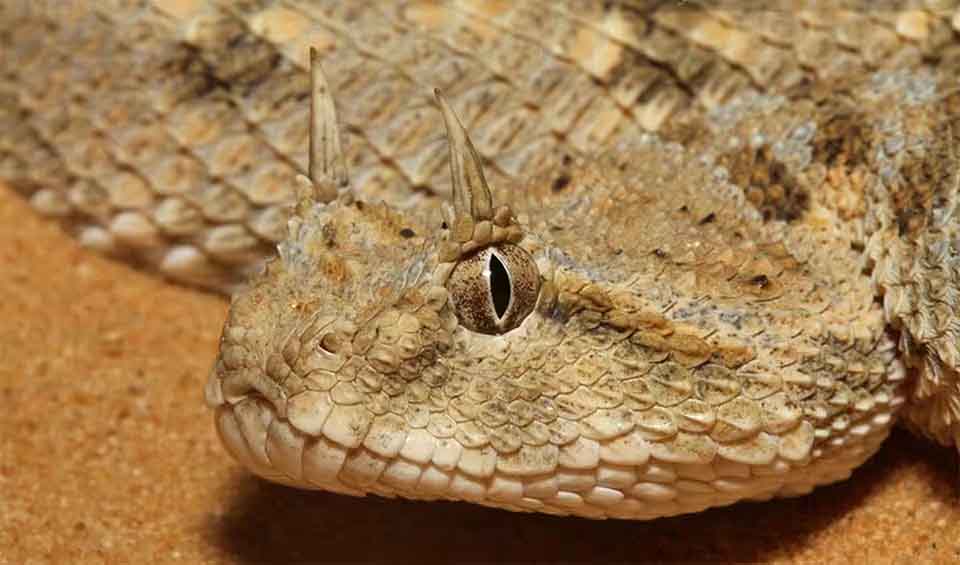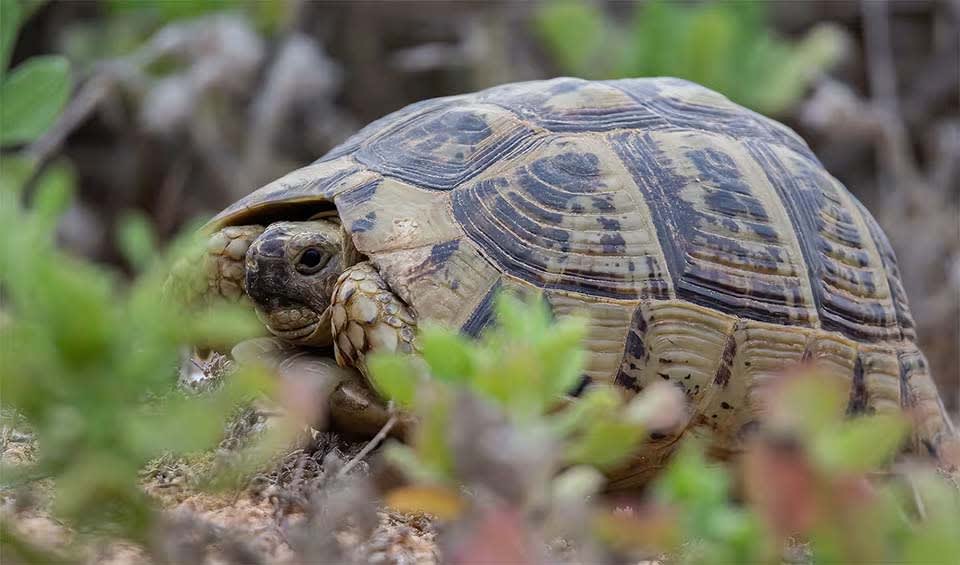Libya features a diverse array of ecosystems, from coastal plains and rugged mountains to expansive deserts, creating a rich tapestry that supports a wide variety of plant and animal life. Distinctive communities flourish within each of these habitats, ranging from the Mediterranean coastline to the extensive Saharan desert. The country is home to three primary botanical regions: coastal, mountainous, and desert areas, each interlaced with valleys extending from south to north and from west to east.
While Libya is predominantly arid, the coastal strip and northern hills experience milder climatic conditions. The vast majority of the country falls under desert or semi-desert conditions due to its geographic latitude. The Libyan ecosystems vary from coastal environments with their salt marshes along the coastline to the green plains in the northeast and the highlands in the northwest, down to the desert and semi-desert areas dotted with oases and valleys.
Four pillars elaborated:
Libya is home to a varied network of protected areas, encompassing national parks, nature reserves, and marine protected areas. These locations harbor a rich biodiversity and serve as centers for recreation and environmental education. Notably, many of Libya’s protected regions, such as Karaboli National Park, El-Kouf National Park, Benghazi Nature Reserve, and Tripoli Nature Reserve, are situated along the coastline. These coastal areas are easily reachable by road and offer picturesque views of the Mediterranean Sea. Land Management
Land Management
Additionally, Libya maintains two marine protected areas, Farwa Lagoon in the west and Ain Al-Ghazalah in the east, which are crucial for the preservation of marine ecosystems and are popular spots for snorkeling, diving, and fishing.
In Libya, conservation efforts face significant obstacles, including climate change, which is leading to rising temperatures, altered rainfall patterns, and increased desertification, all of which threaten the country’s fragile ecosystems and species. Additionally, habitat destruction due to urbanization, overgrazing, and land reclamation is causing the loss and fragmentation of natural habitats, jeopardizing the survival of many plant and animal species. Threats to Biodiversity
Threats to Biodiversity
Compounding these issues is a lack of resources; inadequate funding and limited access to necessary resources severely constrain the ability to carry out effective conservation strategies and initiatives.
Despite political instability, Libya has made efforts to preserve its biodiversity through the establishment of protected areas such as national parks and marine protected areas, which safeguard various ecosystems and support sustainable practices. The country has also implemented environmental legislation and participates in international agreements like the Convention on Biological Diversity to align its conservation efforts with global standards. Capacity and Governance
Capacity and Governance
Additionally, initiatives in research, monitoring, and public awareness aim to enhance the understanding and importance of biodiversity conservation. However, ongoing conflicts pose significant challenges to these efforts, emphasizing the need for continued support and stabilization to effectively manage and protect Libya’s natural heritage.
The National Monitoring Programme for Biodiversity in Libya is designed to enhance and modernize existing biodiversity-related legislation, strengthen capacity building initiatives, and create a comprehensive national biodiversity monitoring system. This program focuses on revising outdated legal frameworks to better protect diverse ecosystems and species. It also aims to improve the skills and capabilities of personnel involved in biodiversity management through targeted training and resource allocation. Future Trends
Future Trends
Furthermore, the establishment of a national monitoring system will enable systematic observation and analysis of biodiversity trends, helping to inform policy decisions and conservation strategies. This multifaceted approach is essential for effectively managing and preserving Libya’s rich natural heritage in the face of environmental challenges.
Biodiversity
Primarily known for its extensive deserts, Libya also boasts a surprising variety of biodiversity, particularly in its coastal and mountainous regions. The vast Sahara Desert, covering much of Libya, may appear barren but hosts a resilient array of life forms adapted to extreme arid conditions. The desert is home to species such as the fennec fox, sand cat, and various reptiles. Desert flora includes hardy shrubs, grasses, and acacia trees that can endure long drought periods. Oases scattered throughout the desert, like those in the Fezzan region, are vital refuges for both wildlife and human populations. These oases support date palms and other vegetation, providing food and shelter for desert-adapted species.The coastal areas along the Mediterranean Sea are particularly rich in biodiversity. The Mediterranean woodlands and scrublands in northern Libya are home to a variety of plant species, including different types of oaks, pines, and junipers. These areas also support numerous bird species, both resident and migratory. Coastal wetlands, such as those near Benghazi and Ajdabiya, provide crucial habitats for waterbirds, including flamingos, herons, and various duck species. The coastal and marine ecosystems are integral for supporting a range of fish species, sea turtles, and marine mammals like dolphins.
In the table below are the number of known species in several main groups, how many of these species are Threatened with extinction, and how many of them are Endemic (unique to Libya only):
| Species (World rank) |
Threatened | % Threatened | Endemic | % Endemic | |
|---|---|---|---|---|---|
| Mammals | 87 (#129) | 10 | 11.5% | 2 | 2.3% |
| Birds | 265 (#146) | 10 | 3.8% | 1 | 0.3% |
| Reptiles | 69 (#109) | 6 | 8.7% | ||
| Amphibians | 3 (#175) | ||||
| Fishes | 288 (#154) | 48 | 16.7% | 1 | 0.3% |
| Plants | 1,930 (#152) | 7 | 0.4% | 3 | 0.2% |
mammals
Addax
Spends most of its life without drinking water, deriving enough moisture from its food and dew on plants
Red fox
Ladies and gentlemen, please welcome the world’s most widely distributed carnivore!
Striped hyena
The only hyena species outside of Africa that can go 15km (10 miles) for a meal
birds
Common pochard
Can dive down to the bottom of a lake and rest there, safe from predators!
Great white pelican
Underneath this colorful beak, there’s a hidden surprise – a built-in net for scooping up a delicious lunch!
Golden eagle
This majestic brown raptor is most widely distributed eagle species
reptiles
Saharan horned viper
Despite its fearsome appearance, it is a shy and reclusive creature that would rather hide than confront a threat
Greek tortoise
The mosaic-shelled marvel of the Mediterranean
Desert monitor
Known for their impressive stamina and can travel long distances in search of food and water
National Animals
Lion
Tufted-tailed Simba in the plight














